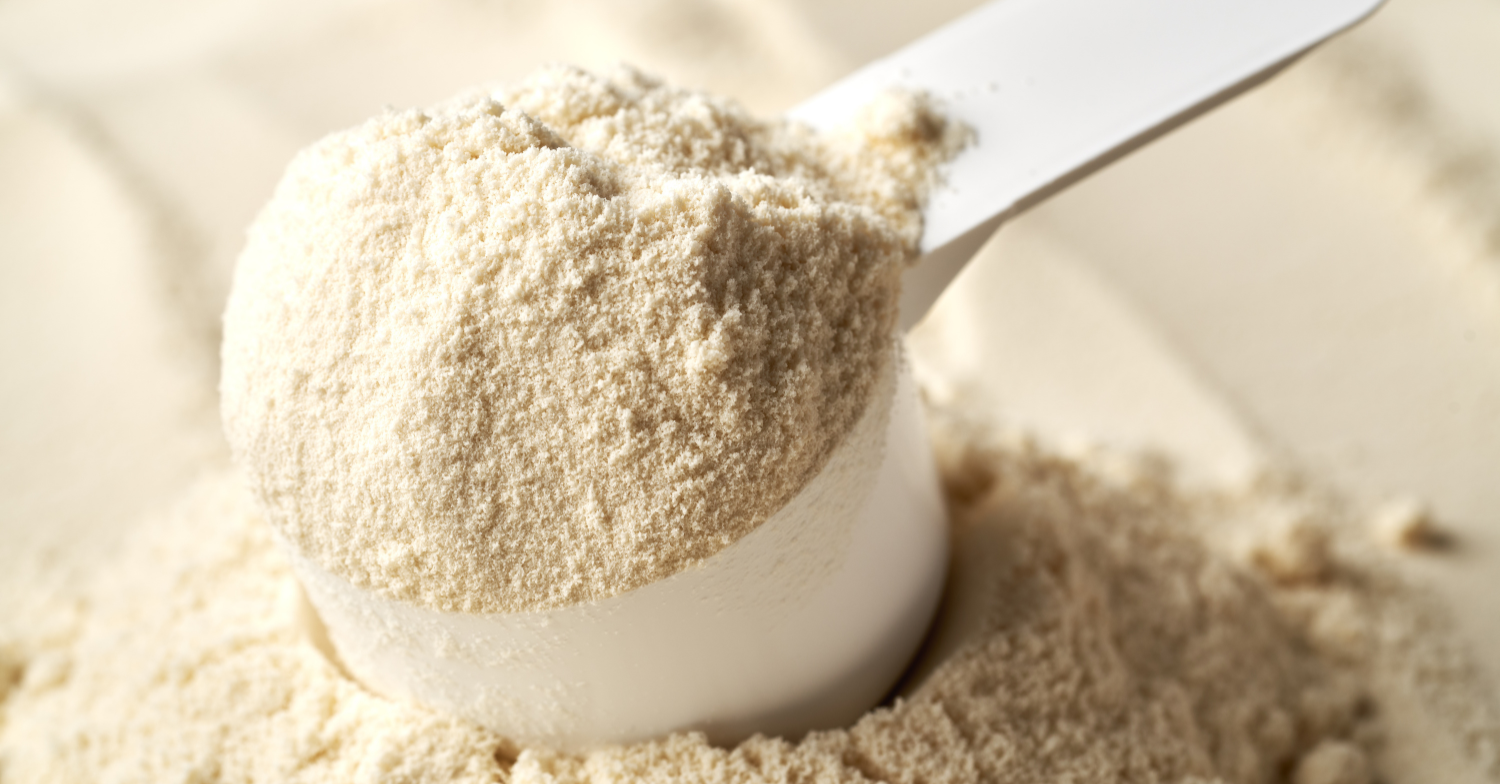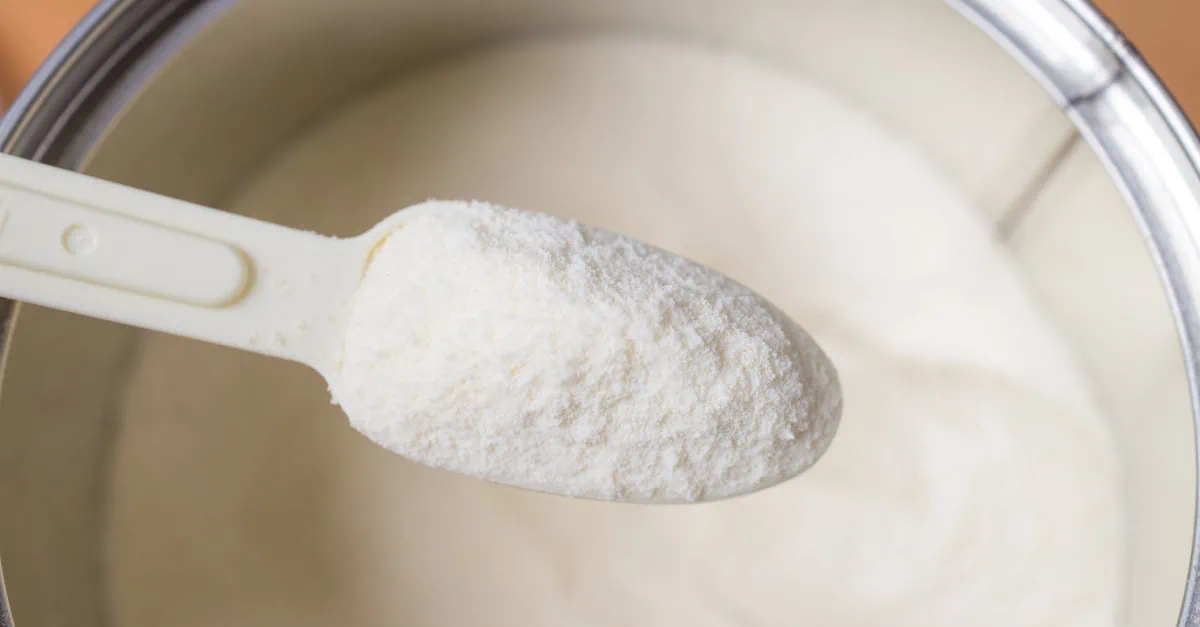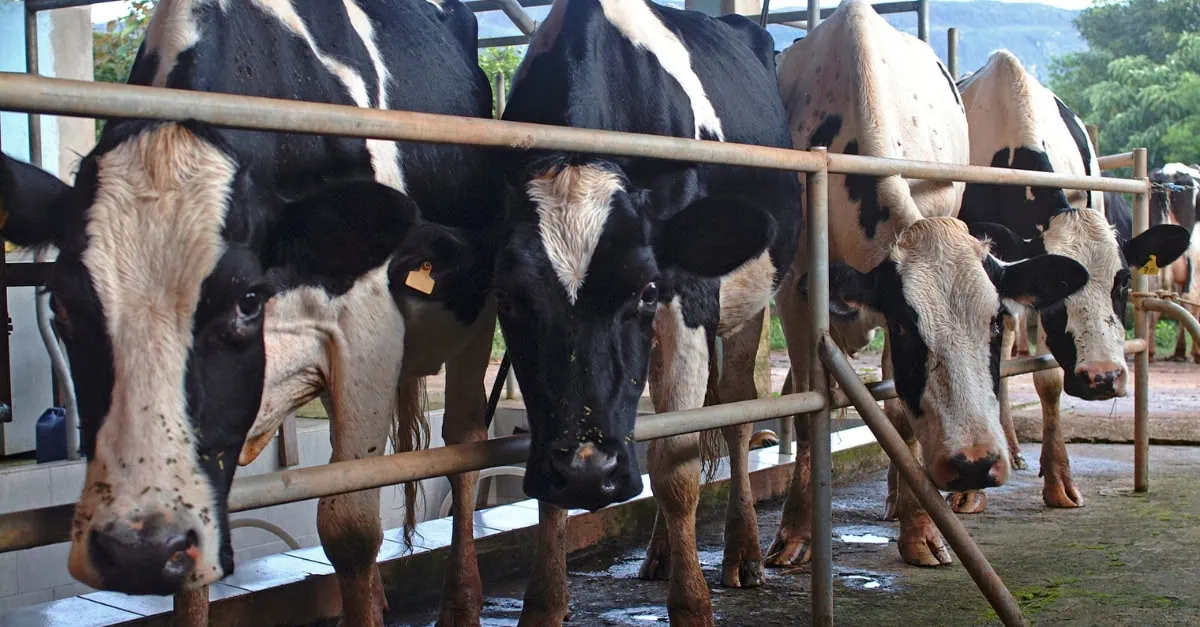June 18, 2025 – Market Analysis
Global whey powder markets are experiencing significant volatility as trade relations between the United States and China continue to reshape international commodity flows. The dairy ingredients sector is grappling with inconsistent demand patterns that are creating distinct pricing pressures across different product categories and geographical regions.
Sweet whey powder markets show divergent regional trends
Sweet whey powder (SWP) markets are currently experiencing a tale of two continents. European food-grade SWP prices have recently declined, while feed-grade variants continue trading at substantial discounts. Meanwhile, US markets are showing signs of renewed momentum as Asian demand begins shifting westward.
The abundance of liquid whey, driven by robust cheese production across major dairy regions, is keeping production costs relatively stable. However, this oversupply situation is creating downward pressure on powder prices, particularly in European markets where some premium origins continue to command higher values.
WPC80 markets face three-tier pricing structure
Whey protein concentrate 80% (WPC80) markets are displaying unusual complexity, with European traders reporting a three-tier pricing structure that reflects the current uncertainty in US-China trade negotiations. This stratified pricing reflects the market’s attempt to balance immediate availability, geographical preferences, and evolving trade relationships.
The narrowing price differential between US and European WPC80 has reduced trans-Atlantic arbitrage opportunities, fundamentally altering traditional trade flows. European buyers are showing resistance to premium pricing, while import-dependent regions continue to pay higher rates.
Whey protein isolate shows market maturation
The whey protein isolate (WPI) market appears to be transitioning from the extremely tight conditions experienced in recent months. Industry sources indicate that many buyers accelerated their Q3 procurement strategies in previous months, potentially creating temporary oversupply situations in some market segments.
European WPI manufacturers are reportedly scaling back production rates to prevent significant price erosion, while US domestic consumption continues supporting higher price levels and export competitiveness.
Permeate and lactose markets reflect trade policy impact
Whey permeate markets have experienced a notable pivot toward US origins as reduced Chinese tariffs on American whey powders have restored export competitiveness. This shift is creating pressure on European permeate markets, which must now rely more heavily on domestic demand.
Similarly, lactose markets are showing signs of stabilization after months of volatile demand patterns. The reduction in spot buying activity and Asian demand has brought more predictability to European markets, while US lactose is benefiting from improved trade conditions and stronger domestic consumption.
Looking forward: trade policy remains key driver
The overarching theme across all whey-derived product categories is the critical importance of US-China trade negotiations. Market participants are closely monitoring diplomatic developments, as tariff policies continue to be the primary determinant of global trade flows in the dairy ingredients sector.
Current market conditions suggest that successful stabilization of trade relations could lead to more normalized global pricing structures across whey products. However, the inherent uncertainty in international trade policy continues to create challenges for both buyers and sellers in planning procurement and sales strategies.
Access the full whey market analysis on the Vesper platform here: https://app.vespertool.com/market-analysis/2025





